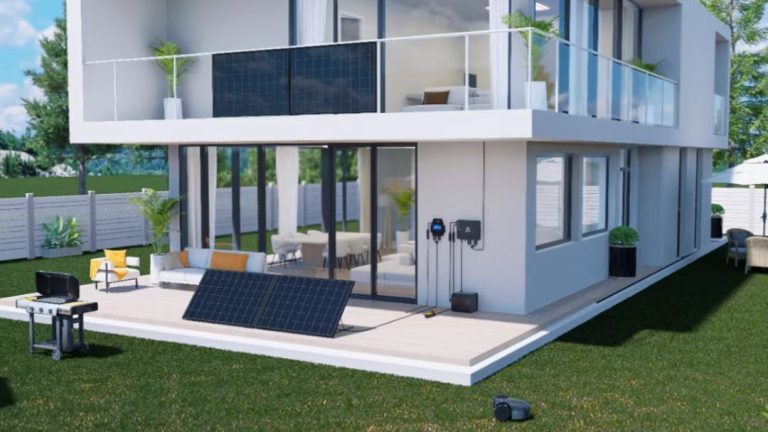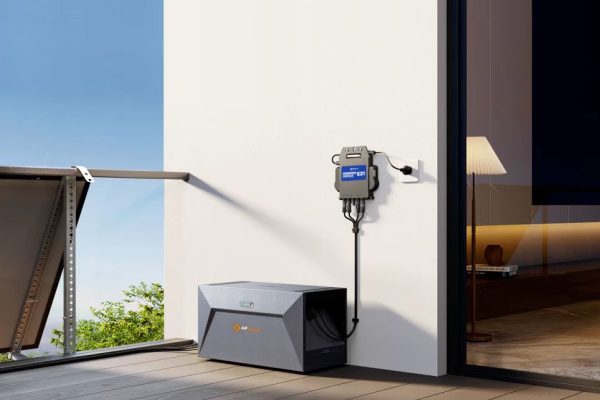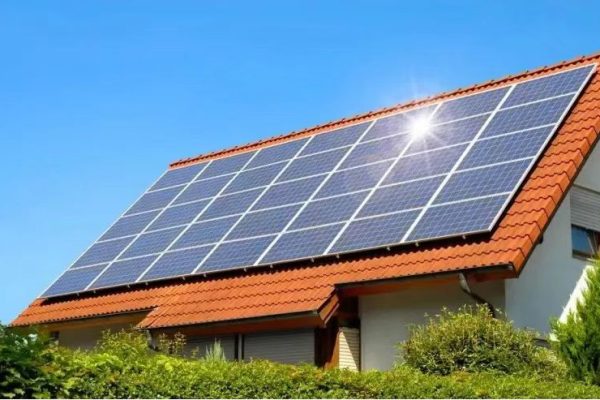Helping Small Installers and Integrators Choose the Best Sales Strategy
In the residential energy storage system (ESS) market, one key question often arises for exporters, system integrators, and installers: Is it better to sell a complete “kit” or offer separate components? This decision affects your supply chain, customer satisfaction, and even your competitive advantage—especially when working with small and medium-sized clients.
This article explores the pros and cons of each approach to help you make an informed decision aligned with your business goals and client needs.
What is a “Kit” vs. Separate Components?
- Kit: A pre-assembled package containing the battery, inverter, BMS, cables, mounting hardware, and sometimes monitoring equipment — all ready to install.
- Separate Components: Selling batteries, inverters, and accessories individually, allowing customers or installers to customize or source parts separately.
Advantages of Selling a Kit
1. Simplified Installation and Support
A well-designed kit ensures all components are compatible, pre-tested, and optimized to work together. This reduces installation errors and troubleshooting time.
2. Faster Time to Market
Kits can be assembled and quality-controlled before shipment, enabling quicker deployment and customer satisfaction.
3. Easier for Less-Experienced Installers
For small installers or DIY customers, kits reduce technical barriers by providing a “plug-and-play” experience.
4. Streamlined Warranty and Service
Handling warranty claims and technical support is simpler when all components come from a single source.
Advantages of Selling Separate Components
1. Flexibility and Customization
Clients can mix and match brands or capacity to better fit unique project requirements or budgets.
2. Easier Inventory Management
Stocking individual parts can reduce overstock and allow suppliers to respond to demand changes more efficiently.
3. Competitive Pricing
Separating components lets you compete on price for individual parts, potentially attracting a broader customer base.
4. Scalability
Clients can start small and expand capacity by adding batteries or inverters later.
Key Considerations for Your Business
Customer Profile
- Kits: Best for customers looking for a straightforward solution with limited technical expertise.
- Separate Components: Better for experienced integrators who want to tailor systems.
Technical Support
- Kits simplify training and support, ideal when you offer remote or overseas assistance.
- Separate sales require deeper knowledge and more detailed troubleshooting guides.
Supply Chain and Logistics
- Kits may increase upfront assembly work but reduce shipping complexity.
- Separate parts offer modular shipping but may increase coordination.
Market Expectations
- Some export markets expect full kits for easier customs clearance and installation.
- Others prefer component-level sales to avoid import tariffs or for local sourcing flexibility.
For exporters and integrators focusing on small-to-medium residential ESS projects, selling kits tends to be the safer and more scalable approach. It builds trust with clients by minimizing installation errors and offering a clear value proposition.
However, providing options for separate components can complement your business, especially for customers with specific customization needs or phased project budgets.
A hybrid strategy can work well: offer standard kits for most clients while allowing custom quotes for component-level sales.









